Author: Paul Amico
Originally bred in 2004 by Hop Products Australia (HPA), Eclipse was released commercially in 2020 to brewers who were excited about the prospect of yet another hyper-fruity variety originating from the land down under. In addition to contributing potent citrus, sweet fruit, and fresh pine character to beer, Eclipse sports a high alpha acid content, making it an excellent dual-purpose hop.
Alpha: 15.7 – 18.7%
Beta: 5.9 – 9.0%
Cohumulone: 33 – 37% of alpha acids
Total Oil: 1.7 – 1.9 mL / 100g
Myrcene: 42%
Humulene: 1.4%
Caryophyllene: 11.1
Farnesene: 0.2%
Linalool: 0.6%
Geraniol: unknown
ß-Pinene: unknown
Parentage: Cross of high alpha Australian variety and a North American variety
While I couldn’t find anything official on the matter, it’s been rumored that Eclipse is the daughter of beloved Australian hop, Galaxy. As a huge fan of this variety, I was excited to see what tasters would think of a Pale Ale brewed exclusively with Eclipse!
| MAKING THE BEER |
I went with our standard Hop Chronicles Pale Ale recipe for this batch, making small adjustments to the kettle hop additions to keep the bitterness in check.
Eclipse Pale Ale
Recipe Details
| Batch Size | Boil Time | IBU | SRM | Est. OG | Est. FG | ABV |
|---|---|---|---|---|---|---|
| 5.5 gal | 60 min | 39.9 | 4.5 SRM | 1.056 | 1.007 | 6.43 % |
| Actuals | 1.056 | 1.007 | 6.43 % | |||
Fermentables
| Name | Amount | % |
|---|---|---|
| Pelton: Pilsner-style Barley Malt | 10 lbs | 83.33 |
| Vanora: Vienna-style Barley Malt | 2 lbs | 16.67 |
Hops
| Name | Amount | Time | Use | Form | Alpha % |
|---|---|---|---|---|---|
| Eclipse | 7 g | 45 min | Boil | Pellet | 16.2 |
| Eclipse | 9 g | 20 min | Boil | Pellet | 16.2 |
| Eclipse | 12 g | 10 min | Boil | Pellet | 16.2 |
| Eclipse | 56 g | 10 min | Aroma | Pellet | 16.2 |
| Eclipse | 56 g | 4 days | Dry Hop | Pellet | 16.2 |
Yeast
| Name | Lab | Attenuation | Temperature |
|---|---|---|---|
| Flagship (A07) | Imperial Yeast | 77% | 32°F - 32°F |
Notes
| Water Profile: Ca 92 | Mg 1 | Na 10 | SO4 153 | Cl 50 |
Download
| Download this recipe's BeerXML file |
I started off my brew day collecting the full volume of water, which I adjusted to my desired mineral profile.
Next, I flipped the switch on my controller before weighing out and milling the grain.
When the water was properly heated, I incorporated the grains and set the controller to maintain my desired mash temperature of 152°F/67°C before preparing the kettle hop additions.
Once the 60 minute mash rest was complete, I removed the grains and proceeded to boil for 60 minutes, adding hops at the times stated in the recipe. When the boil was complete, I used my CFC to chill the wort during transfer to a sanitized fermenter.
A refractometer reading showed the wort was at my target OG.
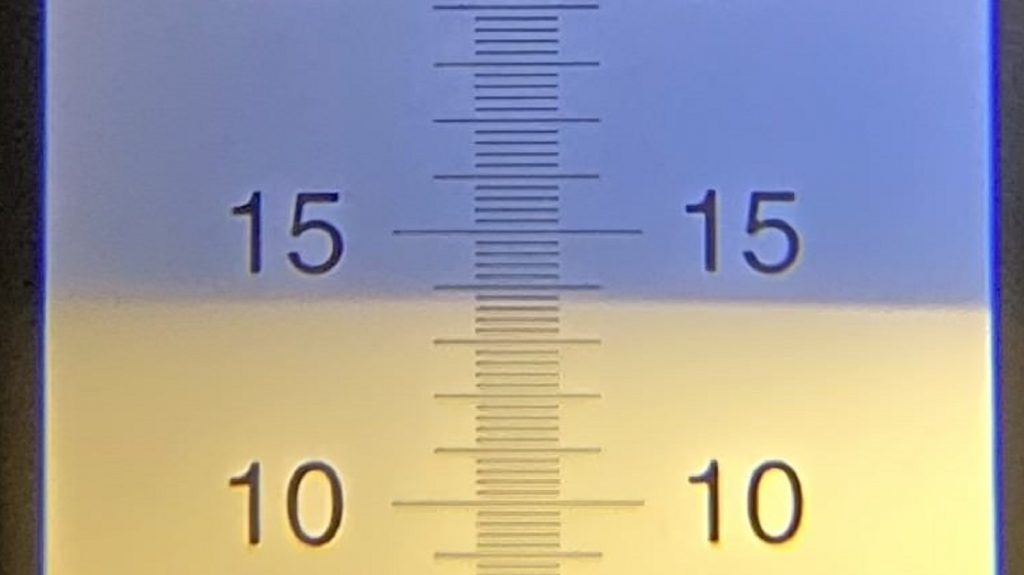
Next, I direct pitched a single pouch of Imperial Yeast A07 Flagship into the wort.
The beer was left to ferment at 66°F/19°C for a week before I took a hydrometer measurement confirming FG was reached.
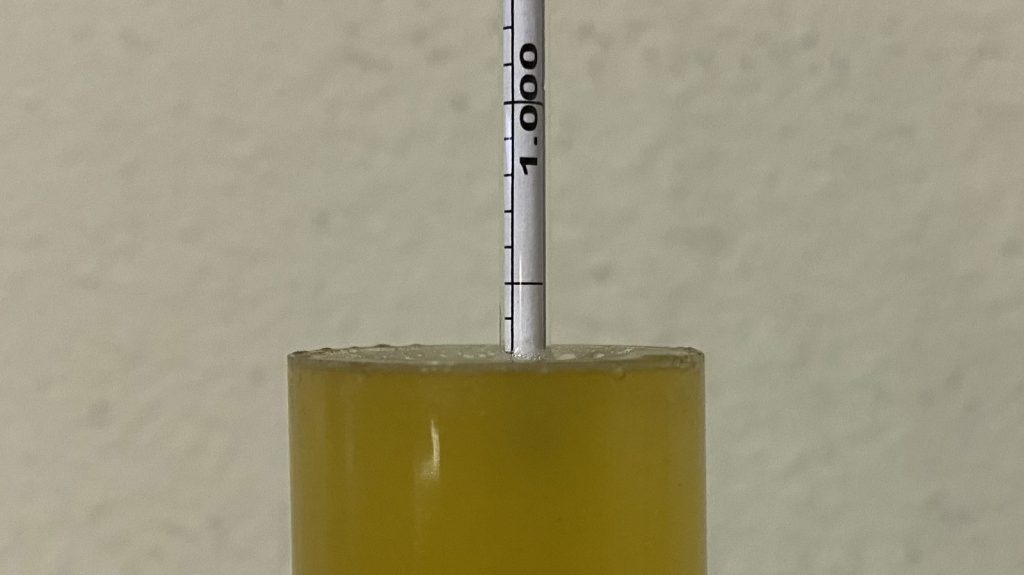
With fermentation complete, I pressure transferred the beer to a CO2 purged keg.
The filled keg was placed in my keezer and burst carbonated overnight before I reduced the gas to serving pressure. After a week of conditioning, I began serving it to blind tasters.
| METHOD |
Participants were instructed to focus only on the aromatic qualities of the beer before evaluating the flavor. For each aroma and flavor descriptor, tasters were asked to write-in the perceived strength of that particular characteristic on a 0-9 scale where a rating of 0 meant they did not perceive the character at all and a 9 rating meant the character was extremely strong. Once the data was collected, the average rating of each aroma and flavor descriptor was compiled and analyzed.
| RESULTS |
A total of 37 people participated in the evaluation of this beer, all blind to the hop variety used until after they completed the survey. The average aroma and flavor ratings for each descriptor were plotted on a radar graph.
Average Ratings of Aroma and Flavor Perceptions
The 3 characteristics endorsed as being most prominent by participants:
| Aroma | Flavor |
| Citrus | Citrus |
| Tropical | Tropical Fruit |
| Stone Fruit | Stone Fruit |
The 3 characteristics endorsed as being least prominent by participants:
| Aroma | Flavor |
| Onion/Garlic | Onion/Garlic |
| Spicy/Herbal | Berry |
| Dank/Catty | Spicy/Herbal |
When asked to rate the pungency/strength of the hop, most tasters perceived it as being mildly to moderately pungent.
Tasters were then instructed to identify beer styles they thought the hop would work well in.
Finally, participants were asked to rate how much they enjoyed the hop character on a 1 to 10 scale.
My Impressions: Without question, this beer was a fruit bomb! I got a fairly strong punch of citrus and tropical fruit on the nose with hints of pine in the background. In terms of flavor, the fruit character was certainly present, though not quite as strong, and I got notes of sweet melon as well.
| CONCLUSION |
Over the last couple decades, Australia has come to be known as a hop growing powerhouse with varieties like Galaxy, Vic Secret, and the newest hop on the block, Eclipse. Released for commercial use in 2020, Eclipse is lauded for its ability to impart beer with zesty citrus, sweet fruit, and fresh pine, making it highly desirable for brewers of modern juicy IPA.
The most prominent aroma and flavor characteristics noted by people who evaluated a Pale Ale made solely with Eclipse were citrus, tropical fruit, and stone fruit, while onion/garlic, spicy/herbal, and dank/catty were the least endorsed characteristics. Existing descriptors for this variety include pine, which some tasters mentioned detecting in this Pale Ale, though it was subtle enough as to not be distracting. Given taster ratings, it’s not surprising the style most thought it would work well in are hoppy Pale Ale and IPA, though some also felt it would be nice in more delicate styles like Blonde Ale and pale lager.
Despite being a single-hop Pale Ale, tasters seemed to enjoy it quite a bit with a majority rating their preference as a 7 or higher on a 10-point scale. I, too, was pleased with this beer, and while I had no problem finishing off this keg, I look forward to Eclipse in conjunction with other varieties in upcoming batches of IPA. This is definitely a hop I plan to use more often!
Eclipse hops are available now at Yakima Valley Hops, get some while you can! If you have any thoughts on this variety, please feel free to share them in the comments section below.
Support Brülosophy In Style!
All designs are available in various colors and sizes on Amazon!
Follow Brülosophy on:
FACEBOOK | TWITTER | INSTAGRAM
If you enjoy this stuff and feel compelled to support Brulosophy.com, please check out the Support page for details on how you can very easily do so. Thanks!



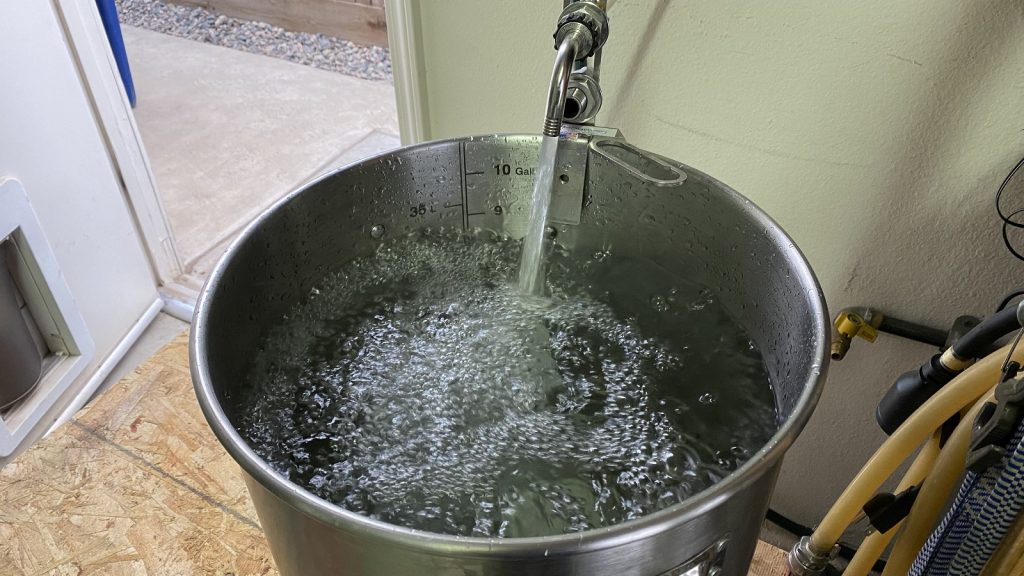
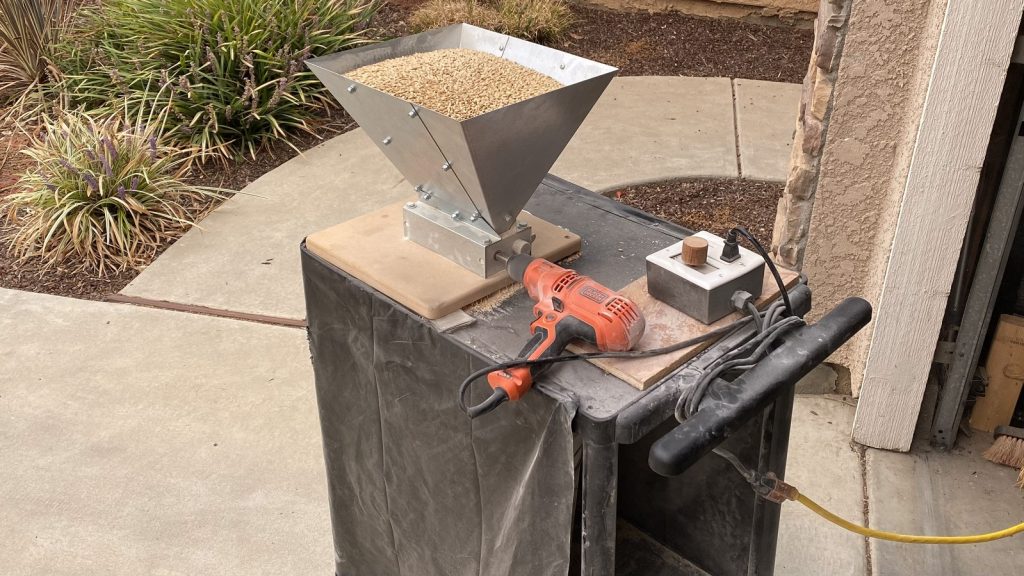
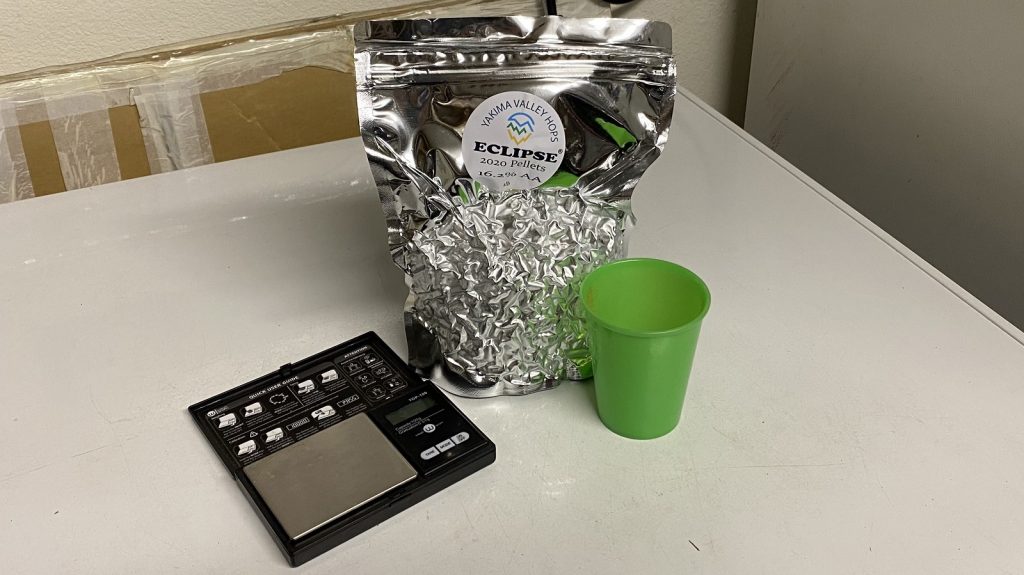
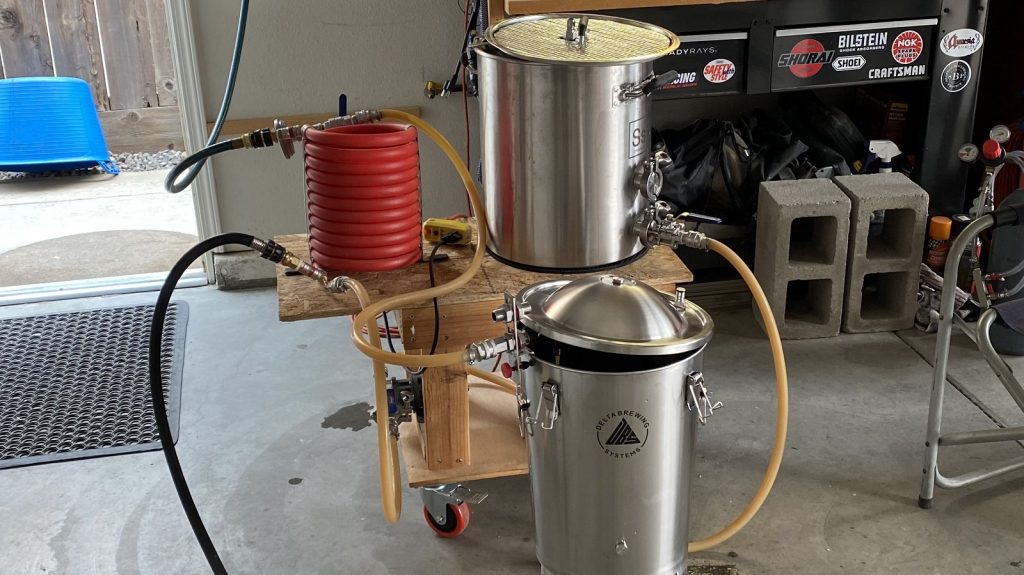

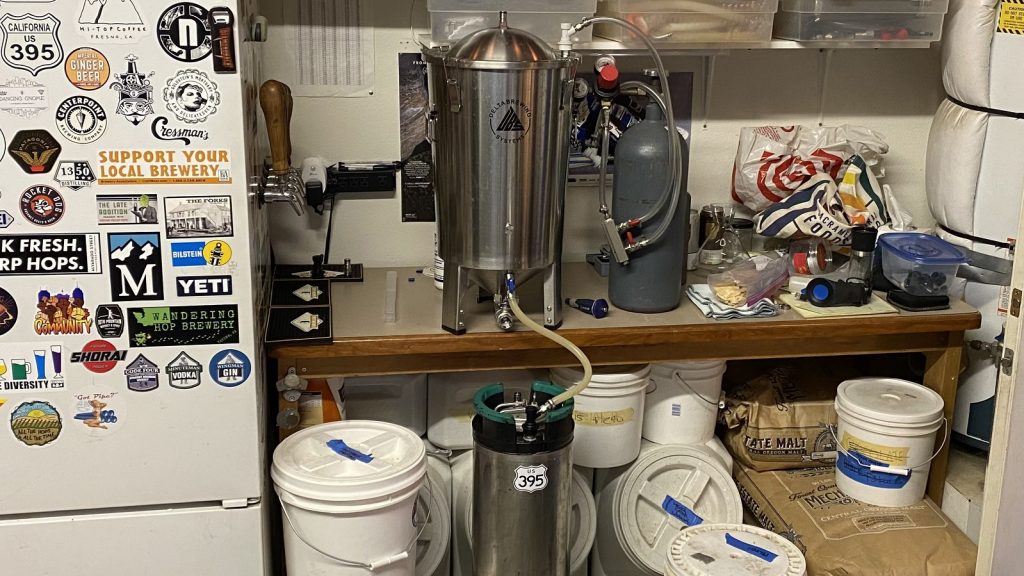
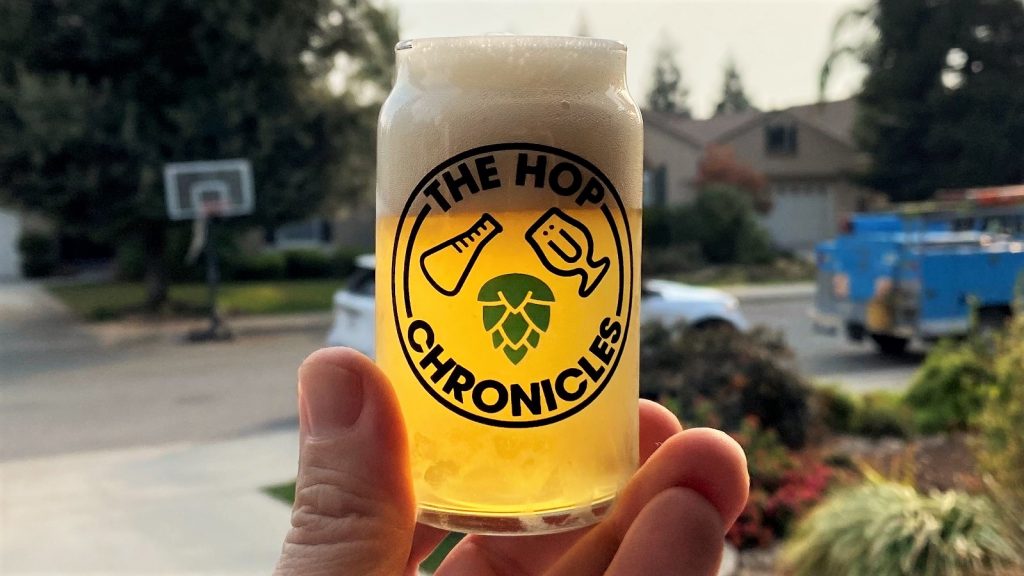

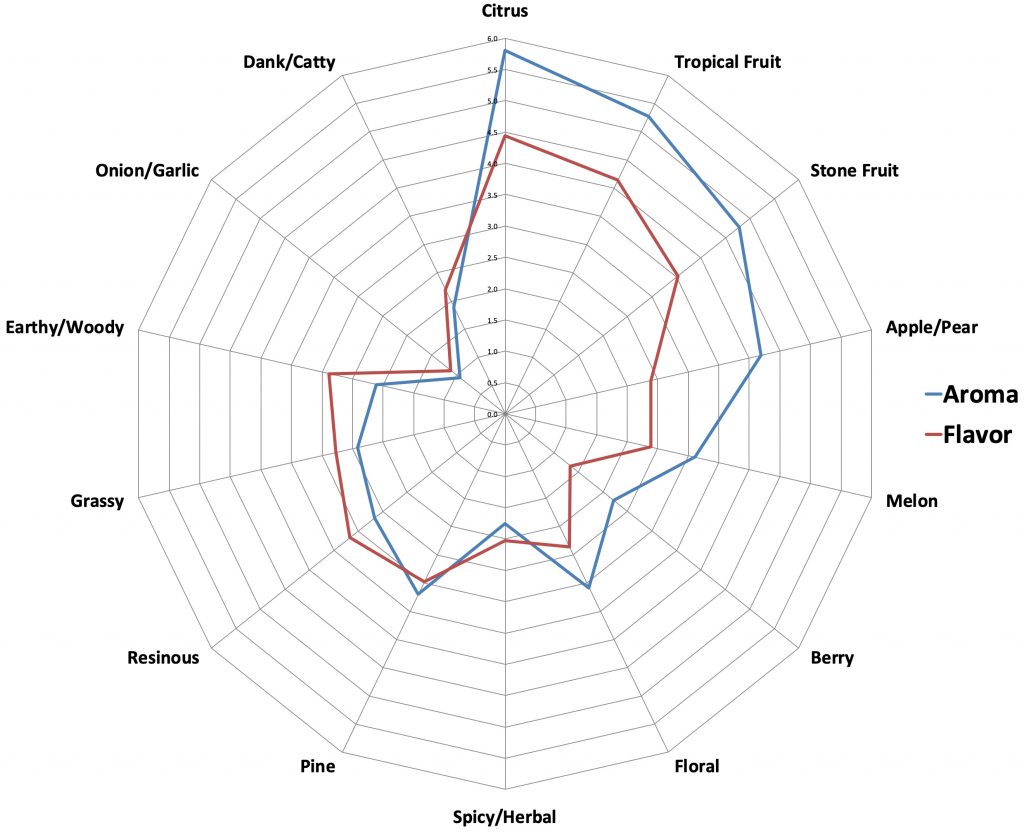
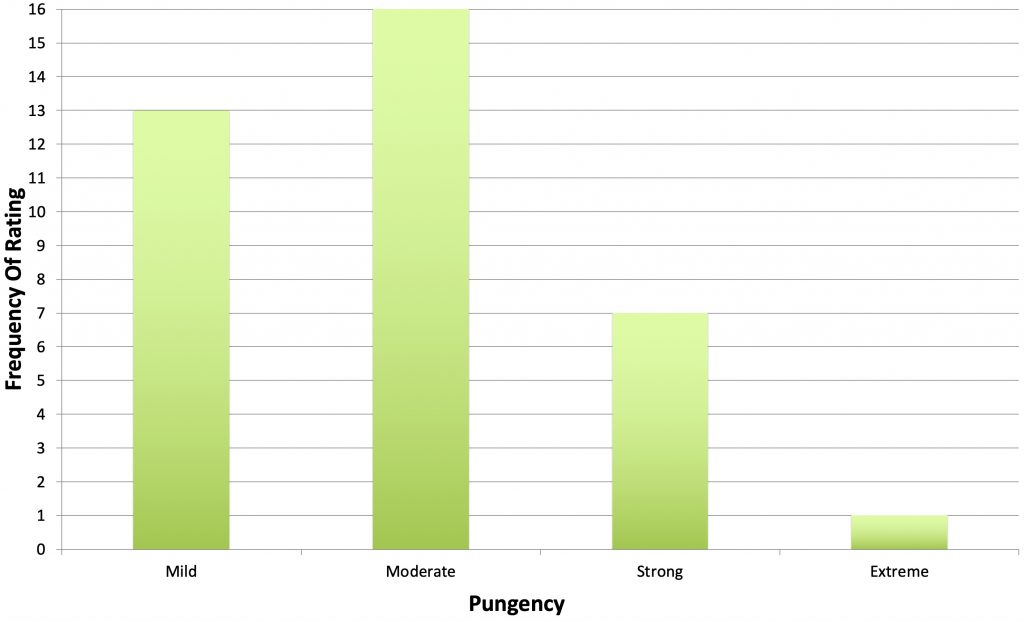
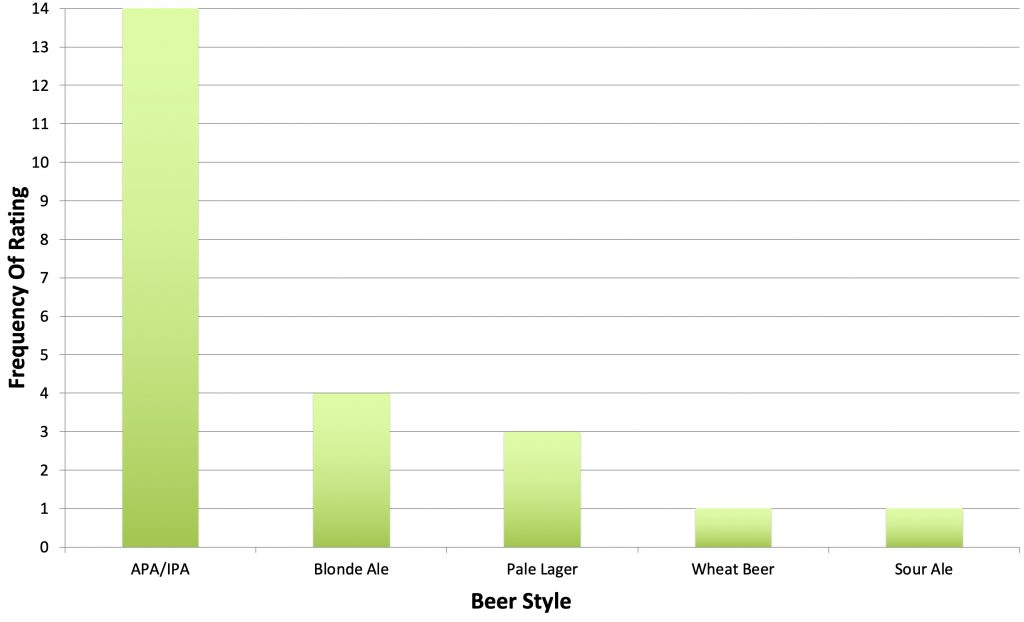
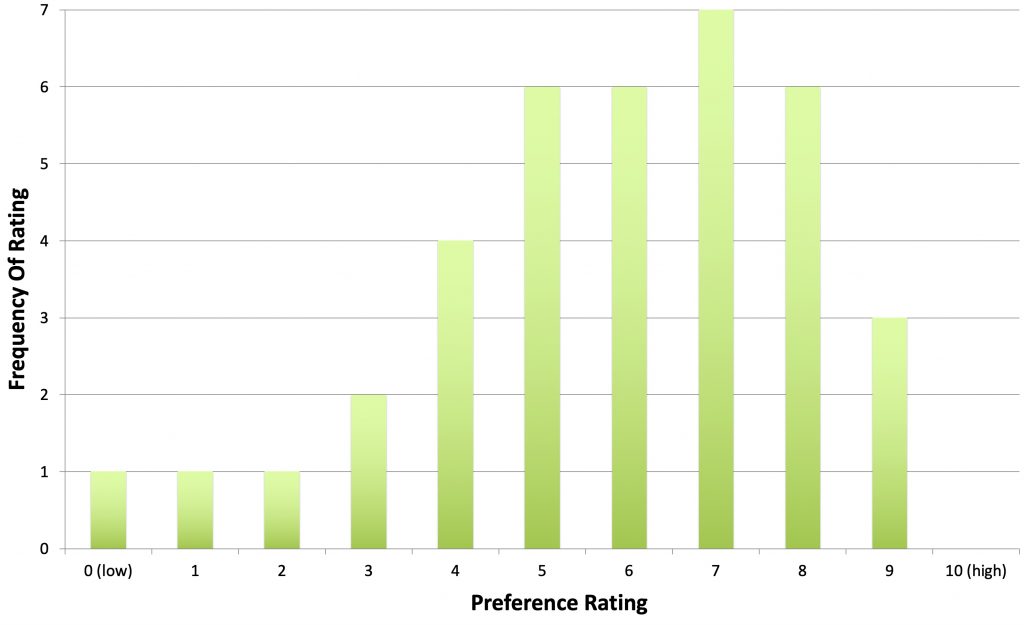











1 thought on “The Hop Chronicles | Eclipse (2020) Pale Ale”
I enjoy these writeups a lot, and I think the running list of results is a useful resource.
If you are thinking of any changes, one thing to consider might be a side by side comparison — knowing how tasters compare a hop like Eclipse to a hop like Citra might add another dimension. Knowing if they think it is stronger or weaker on the axis of citrus, for example, might tell more than a simple numerical score.
I realize this involves brewing two beers instead of one, which is another level of work, so no apologies needed if this suggestion isn’t followed.